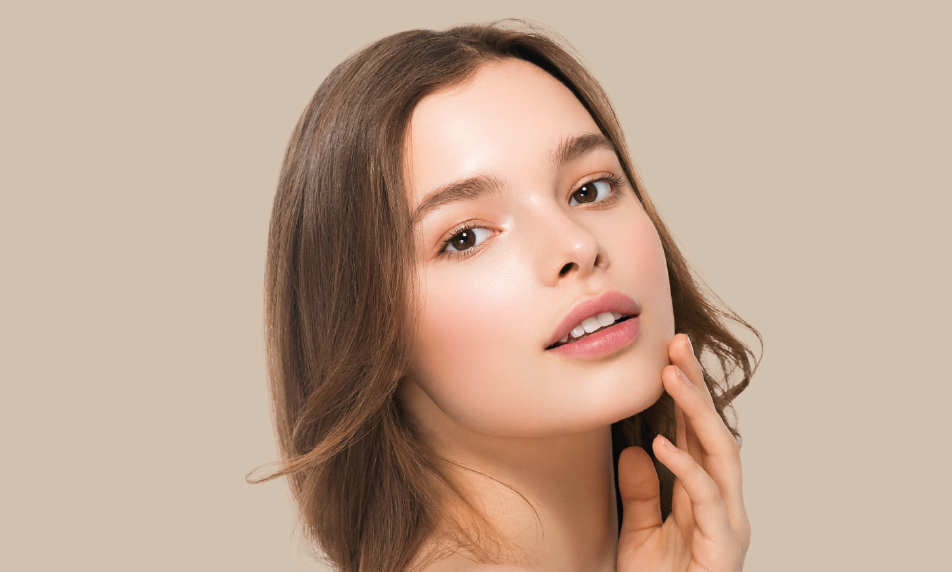What is PRP for the face?
The use of “Platelet Rich Plasma” (PRP), a treatment strategy utilised for aesthetic operations like “facial mesotherapy” or “facial rejuvenation”, in the face area is referred to as “Face PRP.”
The serum known as PRP is made by enhancing the plasma from the patient’s own blood. The structure of this serum is full of growth factors, which aid in the body’s cell regeneration.
When performing a facial PRP procedure, small needles are used to apply PRP, which is obtained by separating the blood drawn from the patient’s arm using a special procedure. By boosting the skin’s collagen production, this procedure can help revitalise, tone, and tighten the skin.
The results of PRP may, however, vary from person to person, therefore it is always crucial to speak with a doctor before beginning any medical procedure.
What scenarios call for the use of face PRP?
A facial PRP therapy is used to tighten, rejuvenate, and minimise the appearance of ageing on the skin. However, the following circumstances can also benefit from facial PRP:
Scars from acne: Facial PRP can be used to treat skin problems like acne scars.
Wrinkles and lines: Facial PRP can help lessen skin’s fine lines and wrinkles.
Under-eye circles: Facial PRP can help make under-eye circles look less noticeable.
Skin pigmentation issues: Skin pigmentation issues can be treated using facial PRP.
Healing wounds: Skin injuries and damage can be repaired using facial PRP.
In conclusion, facial PRP has a variety of aesthetic and medicinal applications, including skin renewal, tightening, therapy of skin blemishes, and wound healing.
What should be taken into account after using face PRP?
You may have moderate swelling, redness, and discomfort on your skin following the facial PRP therapy. There are a few things to keep in mind following the facial PRP therapy to ensure that the skin recovers quickly. These are the points:
1. No skin care or makeup products should be applied to the face for the first 24 hours.
2. The face area shouldn’t be subjected to hot or cold water during the first several days.
3. Avoid massaging the face for the first couple of days.
4. For at least a week, sunscreen should be applied to the facial area to block out the sun’s rays.
5. It is best to avoid strenuous activity and vigorous exercise during the first week.
6. Side symptoms including minor swelling, redness, or discomfort in the facial region are typical in the first few days and the doctor should be notified in this situation.
These recommendations should be followed to hasten skin healing and reduce any potential negative effects following a facial PRP surgery. However, it is crucial to see a doctor as soon as any symptoms or issues are noticed.
